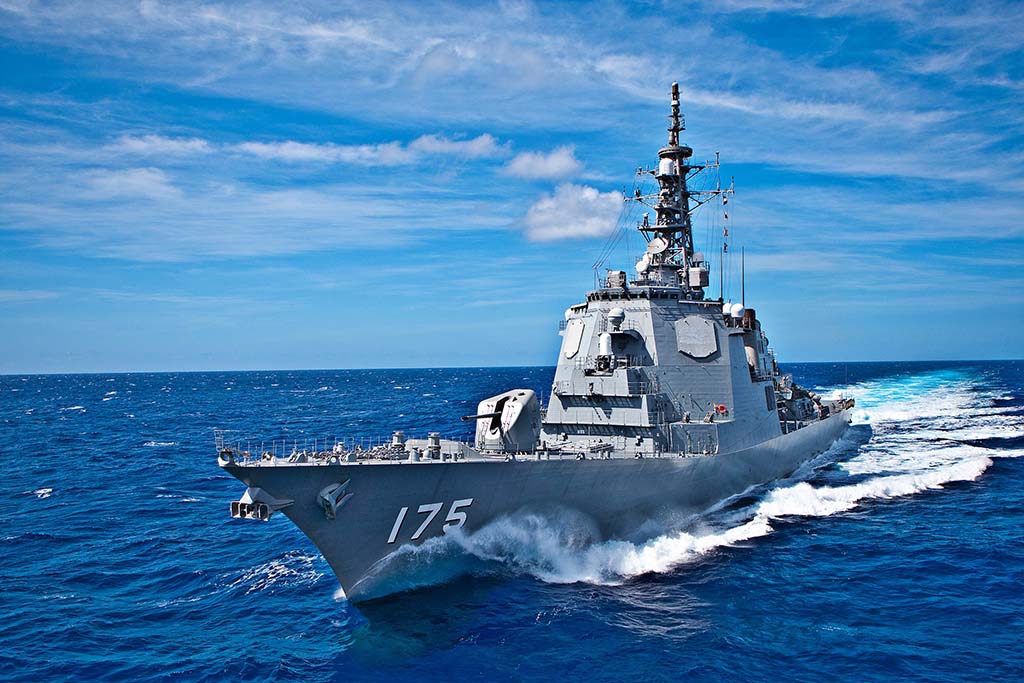Key Takeaways
- Japan plans to allocate 2% of its GDP (around $55 billion) to defense by 2025, marking a 9.4% increase in spending.
- The Aegis System Equipped Vessel (ASEV) project and the Global Combat Air Program (GCAP) are central to Japan’s defense modernization efforts.
- Collaborations with international partners are crucial for enhancing Japan’s deterrence capabilities amid regional security challenges.
Japan’s Defense Modernization Amid Rising Geopolitical Tensions
Japan is significantly reshaping its security framework in response to escalating geopolitical tensions in the Indo-Pacific. With a focus on defense technology collaborations and a historic increase in defense spending, Tokyo is positioning itself as a vital player in regional stability. Key initiatives include the Aegis System Equipped Vessel (ASEV) project and a trilateral Global Combat Air Program (GCAP).
Cyril Tregub, a policy officer at Friends of Europe, emphasized Japan’s commitment: “Japan is rising to the challenge.” Despite its pacifist constitution and historically low defense expenditures, the nation is emerging as an important security actor. By 2025, Japan aims to allocate approximately 2% of its GDP—around $55 billion—to defense, which marks a 9.4% increase and will support the procurement of significant assets, including 400 Tomahawk missiles from the United States and upgraded Type 12 surface-to-ship missiles.
Central to this modernization are two ASEVs being constructed by Mitsubishi Heavy Industries and Japan Marine United. These “super destroyers” will feature advanced ballistic missile defense systems, incorporating long-range tracking radar and an array of missiles capable of neutralizing multiple threats, including hypersonic ones. Tregub noted, “Japan understands that modern deterrence demands a technological edge,” aligning its strategy to enhance air defense and utilize emerging technologies such as artificial intelligence.
Japan’s commitment to collaboration is underscored by its participation in DSEI Japan 2025, where Prime Minister Shigeru Ishiba highlighted the importance of collective deterrence with Allies and Partners. The GCAP, initiated in December 2023 with Italy and the UK, aims to deliver a sixth-generation fighter jet by 2035, with a demonstration flight anticipated in 2027, fostering long-term cooperation.
Additional cooperation includes joint naval drills with the UK, coinciding with the visit of the HMS Prince of Wales as part of Operation Highmast. Moreover, a security and defense partnership signed with the European Union in November 2024 focuses on vital areas including naval exercises, cybersecurity, and space-based intelligence.
Japan’s strategic initiatives represent more than mere symbolism; they establish deeper collaboration in critical areas like maritime security and countering hybrid threats. As Japan faces complex regional challenges—such as China’s assertiveness and North Korea’s missile programs—its commitment to joint development projects and high-tech advancements becomes increasingly essential. Tregub concluded by stressing the importance of these initiatives in addressing emerging threats in the region.
The content above is a summary. For more details, see the source article.















